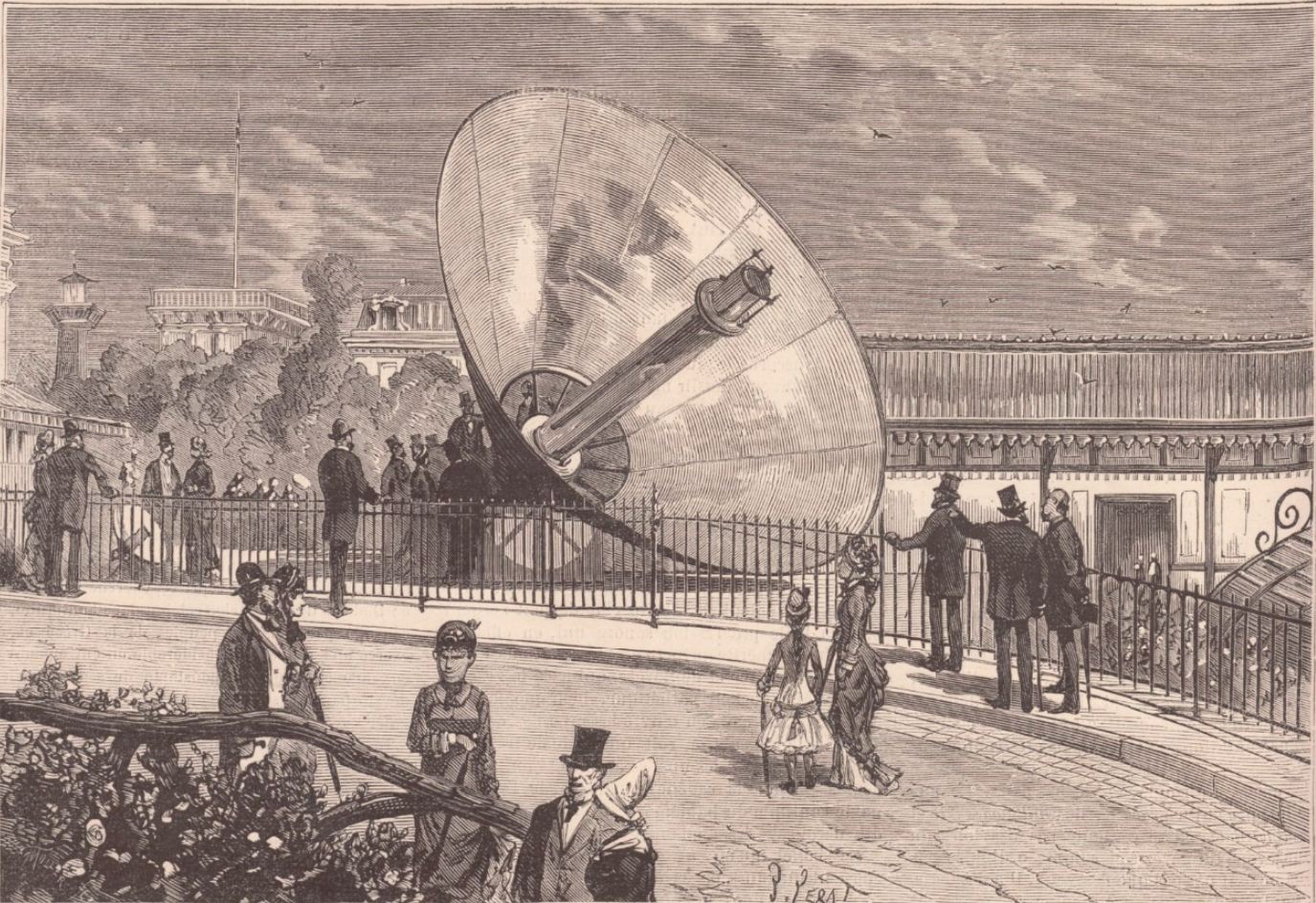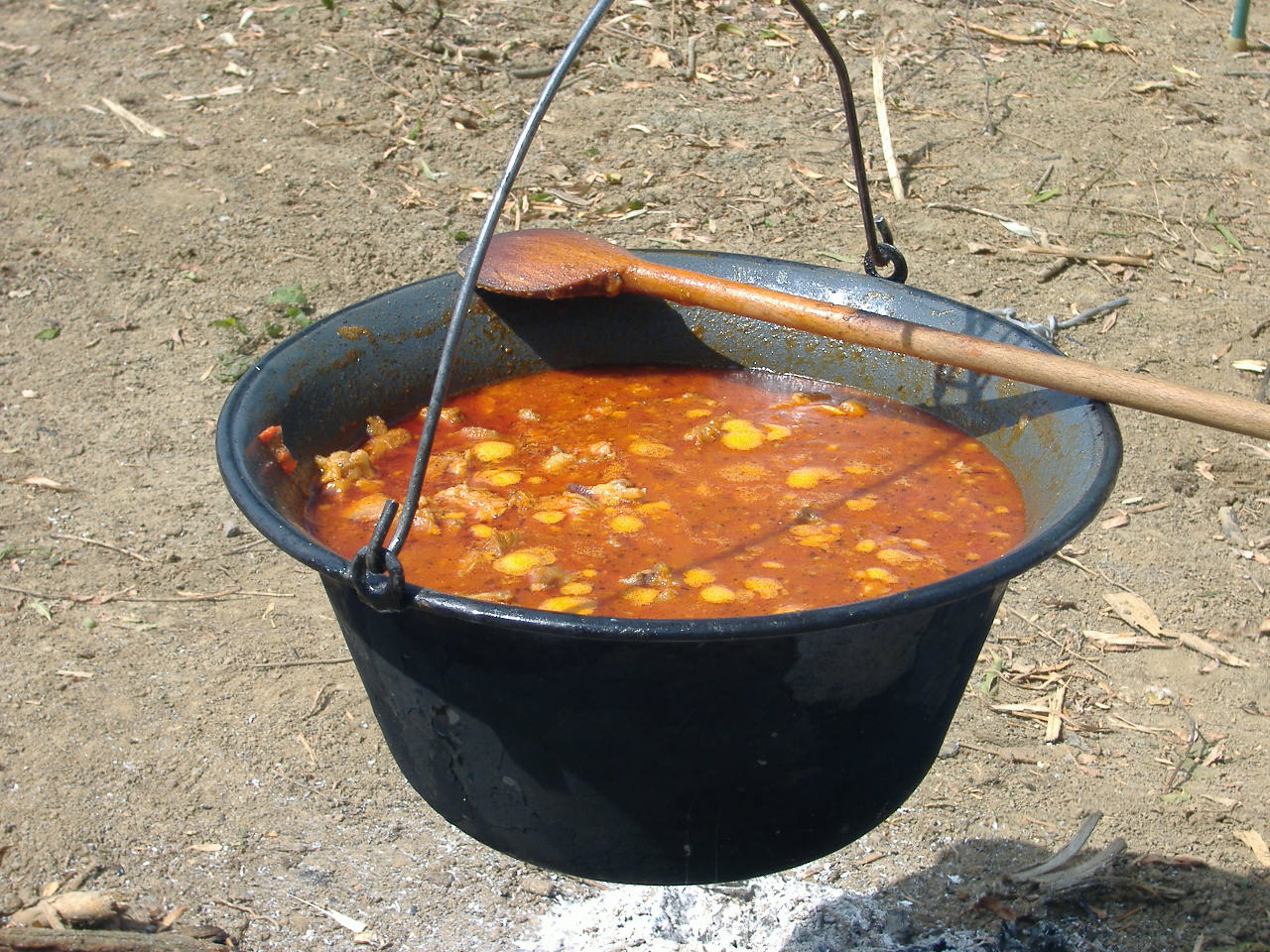|
Auguste Mouchout
Augustin Mouchot (; ; 7 April 1825 – 4 October 1912) was a 19th-century French inventor of the earliest solar-powered engine, converting solar energy into mechanical steam power. Background Mouchot was born in Semur-en-Auxois, France on 7 April 1825."Augustin Bernard Mouchot" in Archives départementales, retrieved 22 January 2018 He first taught at the primary schools of Morvan (1845–1849) and later , before attaining a degree in Mathematics in 1852 and a Bachelor of Physical Sciences in 1853. Subsequently, he taught mathematics in the secondary schools of (1853–1862), |
Semur-en-Auxois
Semur-en-Auxois () is a commune of the Côte-d'Or department in eastern France. The politician François Patriat, the engineers Edmé Régnier L'Aîné (1751–1825) and Émile Dorand (1866-1922), and the Encyclopédiste Philippe Guéneau de Montbeillard (1720–1785) were born in Semur-en-Auxois, while the military engineer Vauban (1633–1707) was educated at the Carmelite college. Semur-en-Auxois has a medieval core, built on a pink granite bluff more than half-encircled by the River Armançon. The river formerly provided motive power for tanneries and mills, but its flow is now somewhat reduced by the Lac de Pont. The dam was built upstream in the 19th century to provide water for the Canal de Bourgogne. Sport Semur-en-Auxois was the start of Stage 6 in the 2007 Tour de France. International relations Semur-en-Auxois is twinned with: * Cranleigh in Surrey, UK ''(since 2008)'' * Laigueglia in Italy * Höhr-Grenzhausen in Germany Population Sights *The church, ... [...More Info...] [...Related Items...] OR: [Wikipedia] [Google] [Baidu] |
Cauldron
A cauldron (or caldron) is a large pot (kettle) for cooking or boiling over an open fire, with a lid and frequently with an arc-shaped hanger and/or integral handles or feet. There is a rich history of cauldron lore in religion, mythology, and folklore. Etymology The word cauldron is first recorded in Middle English as ''caudroun'' (13th century). It was borrowed from Norman ''caudron''T. F. Hoad, ''English Etymology'', Oxford University Press, 1993 (). p. 67. ( Picard ''caudron'', french: chaudron). It represents the phonetical evolution of Vulgar Latin ''*caldario'' for Classical Latin ''caldārium'' "hot bath", that derives from ''cal(i)dus'' "hot". The Norman-French word replaces the Old English ''ċetel'' (German ''(Koch)Kessel'' "cauldron", Dutch ''(kook)ketel'' "cauldron"), Middle English ''chetel''. The word "kettle" is a borrowing of the Old Norse variant ''ketill'' "cauldron". History Cauldrons can be found from the late Bronze Age period - vast cauldrons with ... [...More Info...] [...Related Items...] OR: [Wikipedia] [Google] [Baidu] |
19th-century French Inventors
The 19th (nineteenth) century began on 1 January 1801 ( MDCCCI), and ended on 31 December 1900 ( MCM). The 19th century was the ninth century of the 2nd millennium. The 19th century was characterized by vast social upheaval. Slavery was abolished in much of Europe and the Americas. The First Industrial Revolution, though it began in the late 18th century, expanding beyond its British homeland for the first time during this century, particularly remaking the economies and societies of the Low Countries, the Rhineland, Northern Italy, and the Northeastern United States. A few decades later, the Second Industrial Revolution led to ever more massive urbanization and much higher levels of productivity, profit, and prosperity, a pattern that continued into the 20th century. The Islamic gunpowder empires fell into decline and European imperialism brought much of South Asia, Southeast Asia, and almost all of Africa under colonial rule. It was also marked by the collapse of the large ... [...More Info...] [...Related Items...] OR: [Wikipedia] [Google] [Baidu] |
McGraw-Hill
McGraw Hill is an American educational publishing company and one of the "big three" educational publishers that publishes educational content, software, and services for pre-K through postgraduate education. The company also publishes reference and trade publications for the medical, business, and engineering professions. McGraw Hill operates in 28 countries, has about 4,000 employees globally, and offers products and services to about 140 countries in about 60 languages. Formerly a division of The McGraw Hill Companies (later renamed McGraw Hill Financial, now S&P Global), McGraw Hill Education was divested and acquired by Apollo Global Management in March 2013 for $2.4 billion in cash. McGraw Hill was sold in 2021 to Platinum Equity for $4.5 billion. Corporate History McGraw Hill was founded in 1888 when James H. McGraw, co-founder of the company, purchased the ''American Journal of Railway Appliances''. He continued to add further publications, eventually establishing The ... [...More Info...] [...Related Items...] OR: [Wikipedia] [Google] [Baidu] |
Institut De France
The (; ) is a French learned society, grouping five , including the Académie Française. It was established in 1795 at the direction of the National Convention. Located on the Quai de Conti in the 6th arrondissement of Paris, the institute manages approximately 1,000 foundations, as well as museums and châteaux open for visit. It also awards prizes and subsidies, which amounted to a total of over €27 million per year in 2017. Most of these prizes are awarded by the institute on the recommendation of the . History The building was originally constructed as the Collège des Quatre-Nations by Cardinal Mazarin, as a school for students from new provinces attached to France under Louis XIV. The inscription over the façade reads "JUL. MAZARIN S.R.E. CARD BASILICAM ET GYMNAS F.C.A M.D.C.LXI", attesting that Mazarin ordered its construction in 1661. The Institut de France was established on 25 October 1795, by the National Convention. On 1 January 2018, Xavier Darcos took ... [...More Info...] [...Related Items...] OR: [Wikipedia] [Google] [Baidu] |
Exposition Universelle (1878)
The third Paris World's Fair, called an Exposition Universelle in French, was held from 1 May to 10 November 1878. It celebrated the recovery of France after the 1870–71 Franco-Prussian War. Construction The buildings and the fairgrounds were somewhat unfinished on opening day, as political complications had prevented the French government from paying much attention to the exhibition until six months before it was due to open. However, efforts made in April were prodigious, and by 1 June, a month after the formal opening, the exhibition was finally completed. This exposition was on a far larger scale than any previously held anywhere in the world. It covered over , the main building in the Champ de Mars and the hill of Chaillot, occupying . The Gare du Champ de Mars was rebuilt with four tracks to receive rail traffic occasioned by the exposition. The Pont d'Iéna linked the two exhibition sites along the central allée. The French exhibits filled one-half of the entir ... [...More Info...] [...Related Items...] OR: [Wikipedia] [Google] [Baidu] |
Abel Pifre
Abel Pifre (1852–1928), was a French engineer who developed the first solar power Solar power is the conversion of energy from sunlight into electricity, either directly using photovoltaics (PV) or indirectly using concentrated solar power. Photovoltaic cells convert light into an electric current using the photovolta ... printing press. He was initially an assistant to Augustin Bernard Mouchot who developed the first solar engine, but later developed solar technologies independently of his mentor. Pifre demonstrated his press at a meeting of the Union Francaise de la Jeunesse at the Jardin des Tuileries in Paris on 6 August 1882. The device consisted of a concave mirror 3.5 meters in diameter centering on a cylindrical steam boiler, which powered a small vertical engine of 2/5 horse power, and then driving a Marioni type printing-press. Even under semi-overcast conditions, the press operated continuously from 1:00 pm to 5:30 pm, producing approximately five hu ... [...More Info...] [...Related Items...] OR: [Wikipedia] [Google] [Baidu] |
French Algeria
French Algeria (french: Alger to 1839, then afterwards; unofficially , ar, الجزائر المستعمرة), also known as Colonial Algeria, was the period of French colonisation of Algeria. French rule in the region began in 1830 with the invasion of Algiers and lasted until the end of the Algerian War of Independence in 1962. While the administration of Algeria changed significantly over the 132 years of French rule, the Mediterranean coastal region of Algeria, housing the vast majority of its population, was an integral part of France from 1848 until its independence. As one of France's longest-held overseas territories, Algeria became a destination for hundreds of thousands of European immigrants known as ''colons'', and later as . However, the indigenous Muslim population remained the majority of the territory's population throughout its history. Many estimates indicates that the native Algerian population fell by one-third in the years between the French invasion a ... [...More Info...] [...Related Items...] OR: [Wikipedia] [Google] [Baidu] |
Indre-et-Loire
Indre-et-Loire () is a department in west-central France named after the Indre River and Loire River The Loire (, also ; ; oc, Léger, ; la, Liger) is the longest river in France and the 171st longest in the world. With a length of , it drains , more than a fifth of France's land, while its average discharge is only half that of the Rhôn .... In 2019, it had a population of 610,079.Populations légales 2019: 37 Indre-et-Loire INSEE Sometimes referred to as Touraine, the name of the historic region, it nowadays is part of the Centre-Val de Loire Regions of France, region. Its Prefectures in France, prefecture is Tours and Subprefectures in France, subprefectures are Chinon and Loches. Indre-et-Loire is a touristic destination for its numerous monuments that are part of the Chât ... [...More Info...] [...Related Items...] OR: [Wikipedia] [Google] [Baidu] |
Departments Of France
In the administrative divisions of France, the department (french: département, ) is one of the three levels of government under the national level ("territorial collectivities"), between the administrative regions and the communes. Ninety-six departments are in metropolitan France, and five are overseas departments, which are also classified as overseas regions. Departments are further subdivided into 332 arrondissements, and these are divided into cantons. The last two levels of government have no autonomy; they are the basis of local organisation of police, fire departments and, sometimes, administration of elections. Each department is administered by an elected body called a departmental council ( ing. lur.. From 1800 to April 2015, these were called general councils ( ing. lur.. Each council has a president. Their main areas of responsibility include the management of a number of social and welfare allowances, of junior high school () buildings and technical staff, ... [...More Info...] [...Related Items...] OR: [Wikipedia] [Google] [Baidu] |




